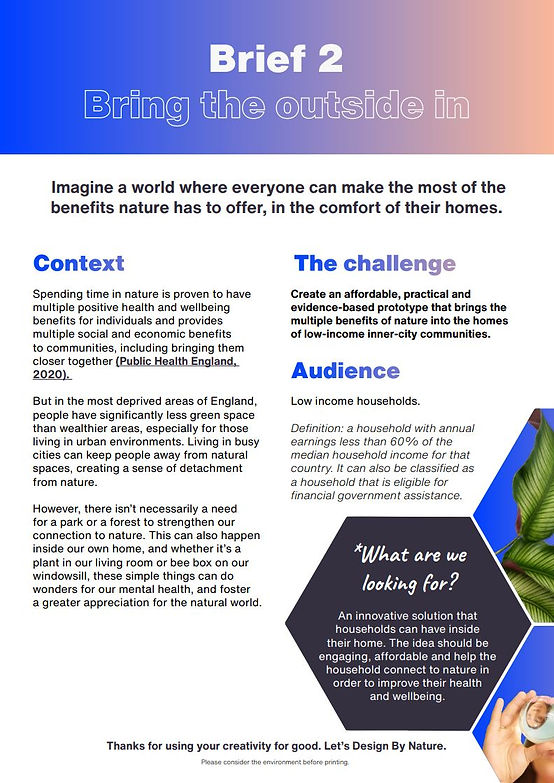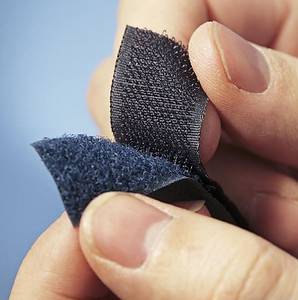
Innovation Egg
As apart of our social design module in second year, we looked towards the Hubbub Design by Nature competition. Hubbub is an award winning environmental organisation who run creative campaigns to encourage positive everyday actions for the environment. As apart of what they're about, they run the Design by Nature competition that celebrates creativity in designing for tough environmental issues. Each year they submit three briefs to choose from. We chose brief 2 and ended up becoming one of the few shortlisted entries, with our work being celebrated all over their social media pages and website!
Created - Jan-May 2021
Group Project:
Kyle Hope - Main focus was ideation, further development and layout creation
Jonathan Quinnell - Main focus was on research
Christos Paraschos - Developmental input into several areas
Although we had main focuses for this project, we all inputed into every area of the project, including thoughts, idea and the generation of media.
Brief

Research
We used a variety of different research methods to get an initial understanding of the focus area, target market and to gather potential ideas from that target market. Research methods included Phycogeography, space mapping, a survey and focus group. Bellow you can see some visual examples of our research.





Idea Development
When ideating, we started with two main areas of focus, based off the feedback from surveys and focus groups. One area was an alarm clock which used natural light instead of loud alarms and a vivarium which would allow students or those who didn't have a garden or green space near them to bring the outside in. After some initial crit, we focused on the vivarium idea and used various stages of sketch development and precident studies to finalise our idea.





Precedent
The basis for the chosen form comes from biomimicry, the emulation of elements from nature in the form of a man made product with the goal of solving complex human problems. The idea was to mimic how eggs function in nature. They protect and provide nutrients to anything that grows inside them. In this case, plants will grow.


Visual and Ergonomic Modelling
To test the viability of the design, a life size model was 3D printed. The model was then placed around student accomodation to see whether visually the product works with the living space. Then, the ergonomics of the control on the top was explored. The feedback from these tests was positive.




Final Renders and Animation
Finally, we got to the rendering stage of the project. Through this, I developed some basic keyshot animation skills which I can transfer into future projects. The renders provided a good look at what the product might look like and how it might function.





